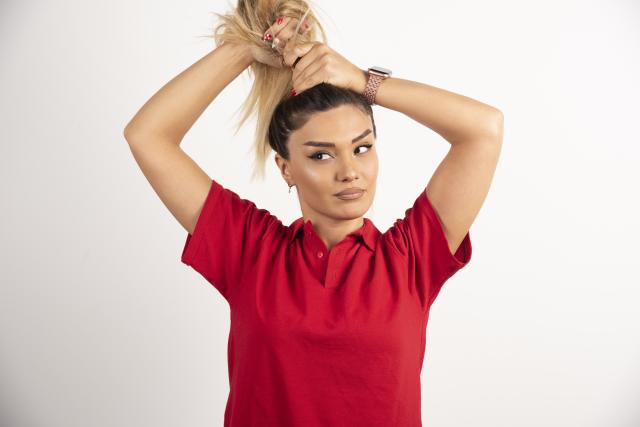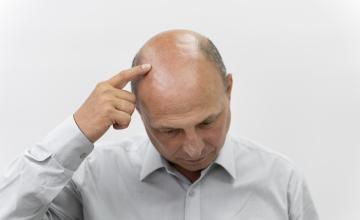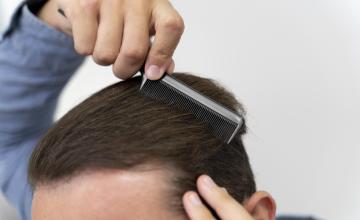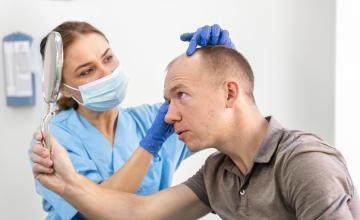What is Traction Alopecia?
Traction alopecia is a form of hair loss resulting from the repeated yet unintentional pulling, twisting or rubbing of the hair. Traction alopecia can affect both men and women, though it's more commonly seen in women. Though it can be temporary, balding from traction alopecia may become permanent if these traumatic forces are applied to the hair and scalp repeatedly and for prolonged periods, resulting in scarring.
What Causes Traction Alopecia?
Practices that may result in traction alopecia include; wearing tight braids, ponytails or cornrows and extended use of hair extensions. Due to the popularity of these hairstyles, traction alopecia has become one of the leading causes of hair loss among African America women.
Balding from traction alopecia can also occur from repeatedly wearing tight-fitting hats, helmets or other headgear.This is likely where the popular hair loss myth about hats causing hair loss derived, but it is important to note that, under normal circumstances, wearing a properly fitted hat will not negatively impact hair growth.
Treating Traction Alopecia
The first step in treating traction alopeciais to change the habits leading to the condition. This may mean adopting a new hairstyle or altering your wardrobe. Finally, applying a vaso dilator like Rogaine(minoxidil) to the affected area can increase blood flow to the damaged follicles and effectively speed up new hair growth. Assuming the hair follicles have not been permanently damaged, new hair growth will likely occur though it may take several months.
In cases of severe and permanent tractional opecia, the only effective method of restoring hair to the bald areas is surgical hair restoration. State of the art, ultra-refined follicular unit hair transplantation allows quality surgeons to harvest DHT resistant hair from the donor region at the rear and sides of the head. These hairs are then implanted into the balding areas of the scalp, resulting in a natural and undetectable appearance. To see which physicians we recommend and for a free virtual consult, visit the Coalition of Independent Hair Restoration Physicians.
To learn more about how surgical hair restoration can be used to treat traction alopecia hair loss, view the following results from our hair loss forum and social community:





